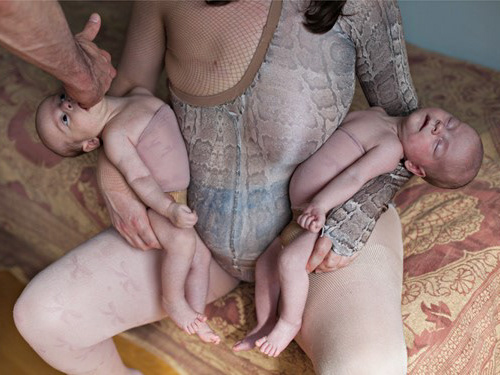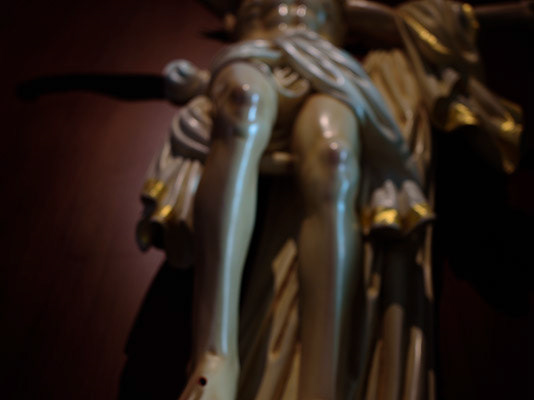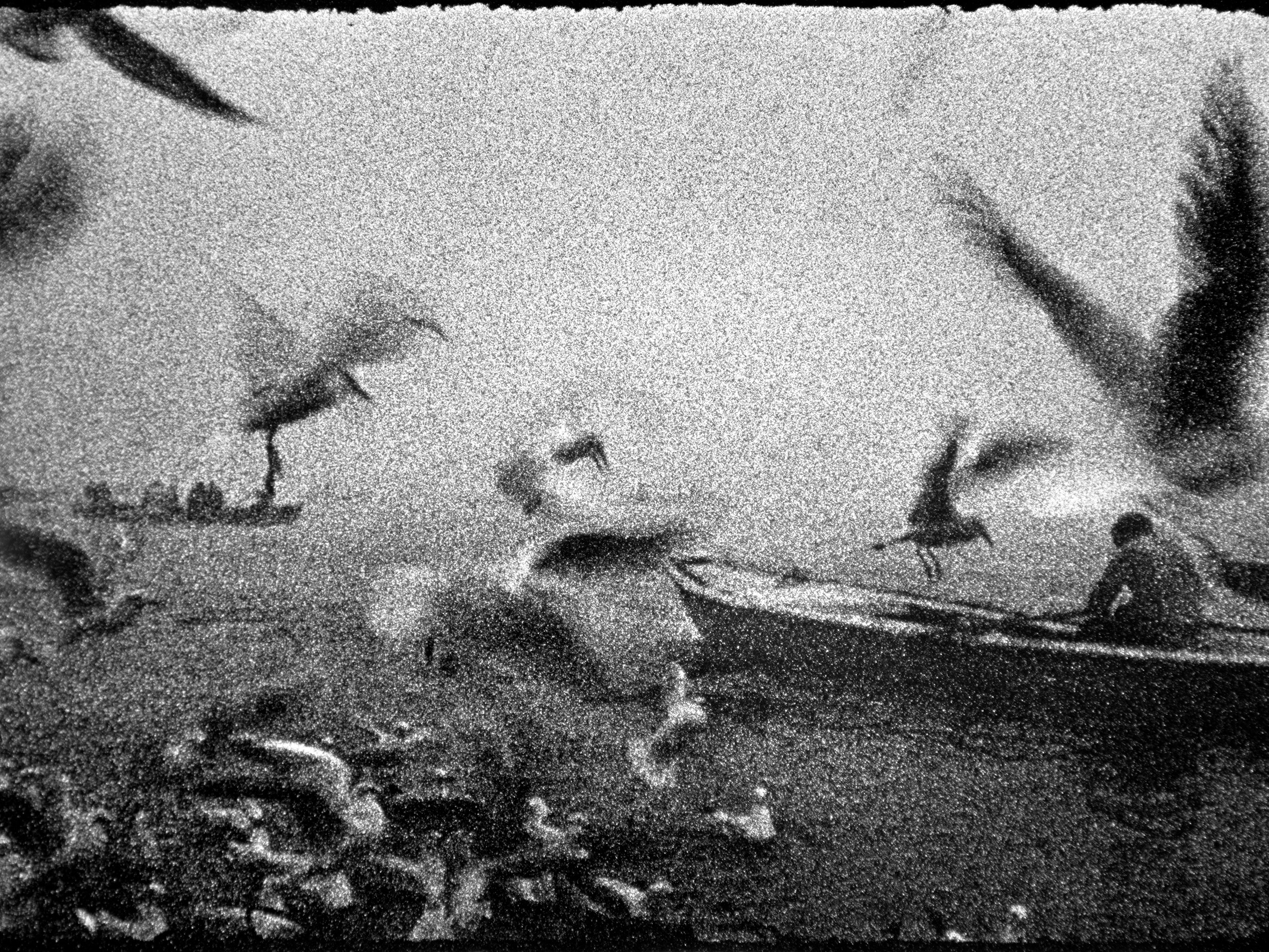How Should a Wedding Reportage Be, In My Humble Opinion?
First and foremost, it is essential to understand the client's tastes and see if there's a connection between them and the photographer. Why? Because my approach to a wedding reportage is somewhat different from current norms.
A wedding reportage should be far from social media. It should be a slow, intimate process (this doesn’t mean it shouldn’t be shared), well-studied, and story-driven. It should ideally culminate in a book, unique in its kind, as each story is different and unique. That’s where the beauty and power of literature lie. Yes, you heard right, literature. Photography is much closer to literature than to painting, despite what many people mistakenly believe.
However, I consider it essential to expand the project, because it is indeed a photographic project that requires time investment. It should narrate where the couple comes from, how they live before the wedding, and of course, after the event.
This project can include all types of images. Photographs that identify and give context not only to the event but also to the couple, their closest family, and friends. Documentary-style photos that narrate the most relevant events and mark milestones in the story we are telling. There is also room for individual, group, and couple poses. Abstract or semi-abstract photos, such as extreme close-ups that explain details (or perhaps not), or reflect a flow through slow shutter speeds.
Slightly out-of-focus images, despite having a special charm and often conveying feelings by "isolating the view," allowing us to perceive other senses and moments, can be very controversial for the client. This depends on the photographic knowledge our couple may have, so ideally, we would need their support.
But let's talk about photographic narrative applied to a wedding reportage. The truth is, almost any type of narrative can be used, but a "Chronological Narrative" or even "In Media Res" seems appropriate, as we are telling a story that started a long time ago.
Tropes and plots are literary devices that should not be overlooked, as they are very powerful. Tropes such as metaphor and juxtaposition become almost indispensable, along with ellipses, sequences, optical tricks, or any other trope or rhetorical figure that can be detected. My favorites are undoubtedly metaphor and juxtaposition.
The rhythm of the story is an aspect to be mindful of, but it is given in the editing and sequencing of the project. Like a novel or a movie, a reportage has a visual rhythm through the stimuli and components we place in the images. Various rhythm variations can be created, from simple to more complex rhythms, almost like in a movie where the plot gets complicated, partially resolved, and then becomes even more complicated. It is likely that these complex rhythms are harder to achieve since a wedding is not a scripted event. However, a simple rhythm is entirely achievable, ensuring our readers don't fall asleep.
Types of Visual Rythm. Bruce Block.
The project's conclusion should be based on creating a book. When I say book, I don't mean a simple photo album, but a photo book, edited and sequenced, unique in its kind. It should not only tell the couple's story through images but also combine written stories from the couple, friends, and family, creating an almost unique experience in its reading.
I assure you that this way you will have a singular and very uncommon keepsake compared to what is currently seen, where mostly economically-looking photos abound. These stories are inherently unique, so each project is entirely unique and, moreover, unrepeatable.









